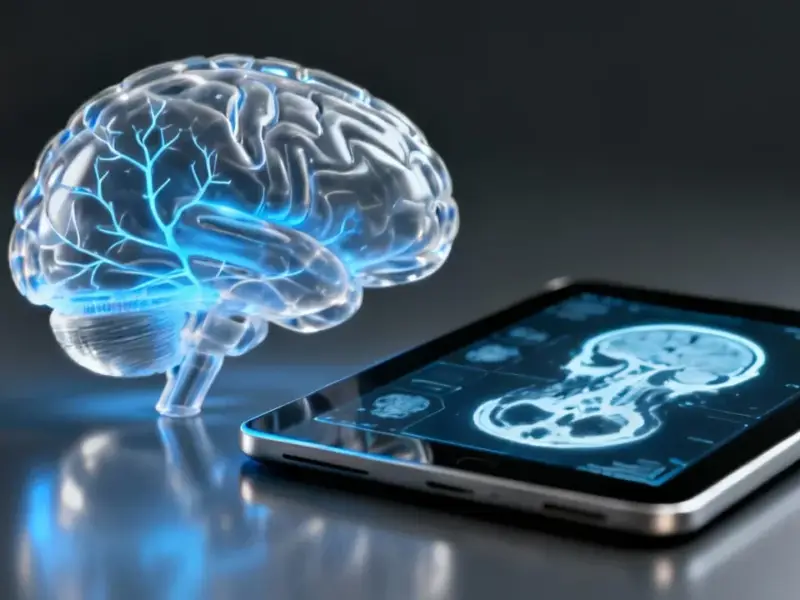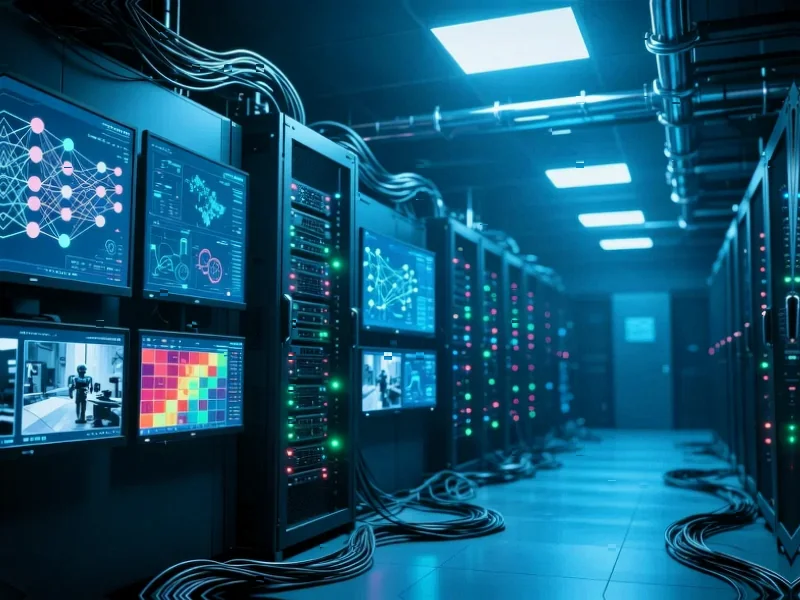According to TechSpot, Tinder is experiencing a steady decline with a 3% year-over-year revenue drop and 7% decrease in paying users during Q3. Match Group CEO Spencer Rascoff revealed the company is spending $14 million in Q4 testing new AI features, including one called “Chemistry” currently being tested in New Zealand and Australia. This AI will analyze photos from users’ Camera Rolls alongside interactive questions to understand personal traits and preferences. The feature is set to become one of Tinder’s main “pillars” by 2026. Match Group’s overall revenue still rose 2% to $914.2 million despite Tinder’s struggles, showing the urgency behind this AI push.
So Tinder wants to play therapist now?
Here’s the thing – asking an app to analyze your personal photos and personality feels like a massive privacy leap. Sure, they say users have to grant permission, but how many people actually read those prompts? They’re basically training their AI on our most personal moments – the photos we choose to keep, the activities we document, the places we go. And they’re calling it “Chemistry,” which is pretty clever marketing for what amounts to data harvesting on steroids.
The real problem isn’t matching algorithms
Look, Tinder’s subscriber decline tells a bigger story. People are getting dating app fatigue. The endless swiping, the ghosting, the subscription costs – it’s exhausting. And with economic pressures mounting, spending money on dating apps feels increasingly like a luxury many can’t afford. Throwing AI at this problem feels like putting a bandage on a broken system. Does anyone really believe better photo analysis will solve the fundamental issues with modern dating?
Where does this actually go?
We’re already seeing AI message warnings and now photo analysis. What’s next? AI-generated date conversation prompts? Automated breakup messages? The whole approach feels like it’s treating dating as an engineering problem rather than, you know, human connection. And with Meta doing similar things with Facebook Dating, we’re looking at an industry-wide shift toward AI-mediated relationships. But here’s my question: when everything becomes algorithmically optimized, do we lose the messy, unpredictable magic that makes dating actually interesting?
Probably too little, too late
Tinder’s AI push feels reactive rather than innovative. They’re playing catch-up while user habits are evolving away from traditional dating apps. Younger generations are finding other ways to connect – through shared interest groups, social media, even old-fashioned meeting in person. Spending $14 million on AI features that won’t fully roll out until 2026 seems like a desperate move from a company that’s lost its edge. Sometimes the solution isn’t more technology – it’s better human experiences.




